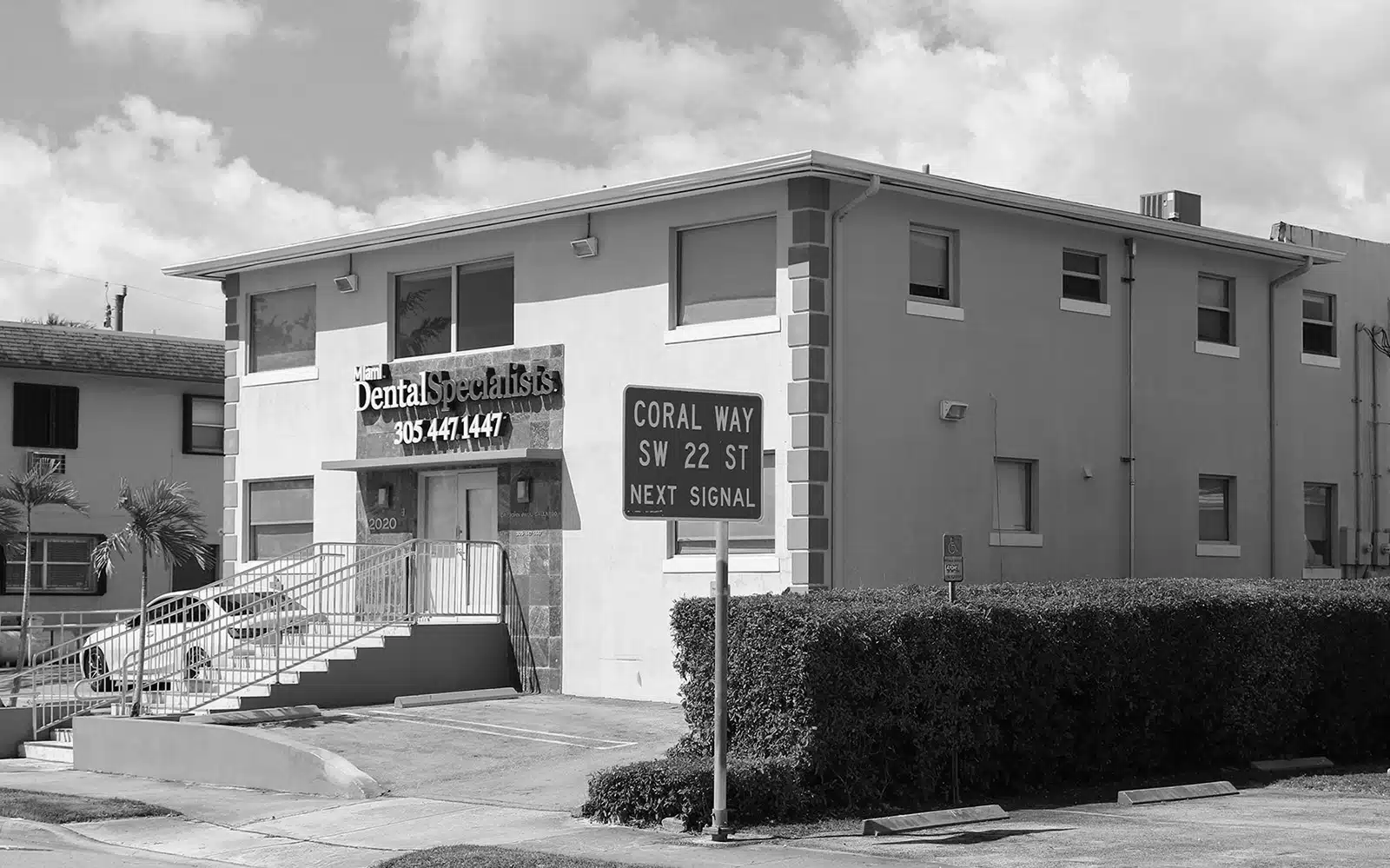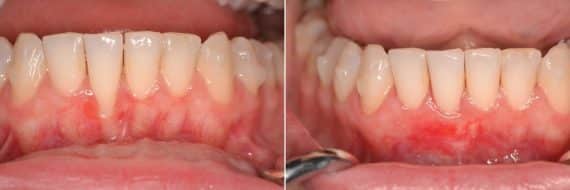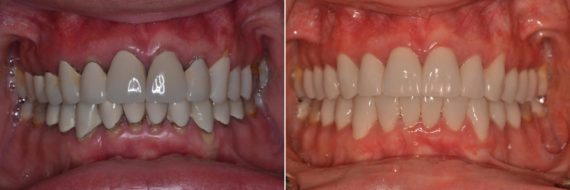
Ever wonder what really happens after a root canal? If you’ve been scouring the internet looking for answers, you’re not alone. Root canals are one of the most misunderstood dental procedures, and with all the myths floating around, it’s easy to feel uncertain about what to expect.
Let’s clear the air: while root canal treatments are incredibly common and effective, like any medical procedure, they can come with potential side effects. Knowing what those are—and how to prevent them—can help you make a confident, informed decision about your dental care.
Do Root Canals Cause Health Problems?
Yes, root canal treatments can come with some health risks—just like any other medical or dental procedure. Pain, swelling, or sensitivity are common in the short term, and in rare cases, more serious complications can occur. But there’s a reason root canals exist: they’re designed to treat infections and save natural teeth when no other options remain. With modern techniques and expert care, the risks are low and manageable, especially compared to the consequences of leaving a dental infection untreated.
Risks and Complications Right After a Root Canal Procedure
Although root canals are designed to eliminate pain, it’s normal to experience some short-term discomfort after the procedure. These early common side effects are typically manageable and fade within a few days. Still, knowing what’s normal—and what might signal a complication—can help you stay ahead of any potential issues.
Pain and Discomfort
Mild to moderate pain is common after a root canal as the surrounding tissues recover from the procedure. This discomfort usually lasts a few days and can be managed with over-the-counter pain relievers.
If the pain worsens or persists beyond a week, it could indicate a complication that needs professional evaluation.
Swelling and Inflammation
After a root canal, it’s common to experience some swelling and inflammation in the gums or surrounding tissues. This is part of the body’s natural healing response and usually subsides within a few days. However, excessive swelling or puffiness may signal an infection or complication and should be evaluated by your dentist.
Sensitivity to Hot and Cold
After a root canal, the treated tooth may feel unusually sensitive to temperature changes. This sensitivity is often caused by inflammation in the surrounding tissue or minor nerve irritation. It usually diminishes within a few days to a week, but if it persists or worsens, it’s best to consult your dentist for further evaluation.
Jaw Soreness
It’s not unusual to experience jaw soreness after a root canal, especially if your mouth was open for an extended period during the procedure. This discomfort is typically temporary and can be eased with warm compresses or mild pain relievers. If soreness persists or worsens, it may require further evaluation to rule out joint or muscle strain.

Possible Long-Term Side Effects of Root Canal Treatment
While most root canals are successful, some patients may experience lingering or delayed complications after dental pulp is removed. These long-term side effects are less common but still important to understand. They can develop weeks, months, or even years after the procedure, and being informed helps you take the right steps if symptoms arise.
Tooth Discoloration
Tooth discolouration is a possible cosmetic side effect of root canal treatment. After the tooth pulp is removed, the tooth may darken over time due to changes in its internal structure. While this doesn’t affect function, it can impact your smile’s appearance. Fortunately, treatments like internal bleaching or a dental crown can restore the tooth’s natural color.
Re-infection
In rare cases, a root canal-treated tooth may become infected again due to remaining bacteria, a crack in the tooth, or failure of the crown or filling to seal it properly. Re-infection can cause pain, swelling, or the return of an abscess, and often requires retreatment or, in more severe cases, tooth extraction.
Damage to the Teeth
Root canal treatment involves drilling into the teeth, which can sometimes weaken tooth structure. If not properly restored with a crown or filling, the tooth may become more brittle and prone to cracks, wear, or further decay over time. Proper aftercare and regular dental checkups can help maintain the tooth’s strength and integrity.
Nerve damage
Although rare, nerve damage can occur if the instruments used during the root canal extend too far beyond the tooth’s root. This may lead to prolonged numbness, tingling, or discomfort in the surrounding areas. In most cases, these symptoms improve over time, but persistent issues should be addressed with a dental or medical specialist.
Chronic Pain
Though most root canals resolve pain, some patients experience chronic discomfort long after the procedure. This can stem from unresolved inflammation, nerve involvement, or complications with adjacent teeth. Persistent pain isn’t typical and should always be evaluated by a dental professional to determine the underlying cause and explore treatment options.
Jawbone Deterioration
In rare instances, a root canal-treated tooth that becomes re-infected or fails to heal properly can lead to bone loss around the tooth root. This jawbone deterioration can weaken the surrounding structure and affect nearby teeth. Early detection and treatment are crucial to prevent further complications and preserve oral health.
Allergic Reaction
An allergic reaction to materials used during a root canal—such as latex or certain medications—is rare but possible. Symptoms may include rash, itching, or swelling. It’s important to inform your dentist of any known allergies beforehand to ensure biocompatible materials are used throughout your treatment.
Sinus Problems
Because the roots of upper molars are close to the sinus cavities, a root canal in these teeth can sometimes irritate or inflame the sinuses. This may lead to sinus pressure, congestion, or a runny nose. These symptoms are usually temporary and can be managed with decongestants or anti-inflammatory medications if needed.
Benefits of Root Canal Therapy
Despite the potential side effects, root canal therapy offers numerous advantages that make it a preferred solution for many patients. These benefits go beyond just saving a tooth—they also support overall oral and systemic health. Here are some of the key benefits:
- Preserves the Natural Tooth: Unlike extractions, root canals allow you to keep your natural tooth, maintaining alignment and function.
- Eliminates Tooth Pain: Once the infection is removed, root canals relieve the intense pain and discomfort associated with abscessed teeth.
- Prevents Further Infection: Properly sealed and restored, a root canal-treated tooth won’t continue to spread infection.
- Supports Jawbone Health: Saving a tooth helps preserve the surrounding bone, which can deteriorate if a tooth is extracted and not replaced.
- Improves Chewing and Speaking: With the treated tooth intact, you can maintain your bite and speech patterns without the complications of missing teeth.
Is Root Canal Treatment Worth It?
Absolutely. Root canal treatment is a widely performed, highly effective procedure that helps preserve a natural tooth while restoring its function and appearance. Although there are risks and potential side effects, most patients experience smooth recoveries and long-term success—especially under the care of an experienced dental specialist. When faced with tooth infection or severe decay, it’s often the best solution available.
Before & After Photos


* All patients are unique and individual results may vary.
Ways to Reduce the Risks for Complications
While root canals are generally safe, there are practical steps you can take to minimize the chance of complications. From post-treatment habits to choosing the right dental professional, proactive care plays a huge role in ensuring your recovery is smooth and long-lasting. Here’s how to protect your health and your smile.
Having Good Oral Hygiene
Consistent brushing, flossing, and rinsing help prevent future decay and reduce the risk of re-infection in a root canal-treated tooth. Good oral hygiene habits also keep the surrounding gums and tissues healthy, supporting long-term recovery and tooth preservation. Regular cleanings and checkups with your dentist further boost your protection against complications.
Avoiding Hard or Sticky Foods
After a root canal, the treated tooth is more vulnerable to fractures, especially before it’s fully restored with a crown. Avoiding hard, crunchy, or sticky foods reduces the risk of damaging the tooth during recovery. Opt for soft foods until your dentist gives the all-clear to resume your normal diet.
Choosing an Experienced Dentist
The success of a root canal largely depends on the skill and expertise of the dentist performing it. An experienced specialist can spot potential issues early, use advanced techniques, and ensure the tooth is thoroughly cleaned and properly sealed. Choosing a knowledgeable provider significantly reduces your chances of complications and promotes long-term success.
How to Choose the Best Dentist for My Procedure
Choosing the right dentist for a root canal procedure starts with knowing what to look for. Prioritize professionals who have years of experience, advanced training in endodontics or periodontics, and a solid track record of successful outcomes. Look for before-and-after case photos, patient testimonials, and modern treatment facilities to ensure you’re in skilled, trustworthy hands.
Dr. John Paul Gallardo, DDS, PA, is South Florida’s go-to expert for complex dental procedures, including root canal-related treatments. With more than 25 years of experience, state-of-the-art technology, and a reputation for excellence, Dr. Gallardo offers precision, comfort, and long-term results. Call us today at 305-447-1447 or visit our contact page to schedule your consultation.
